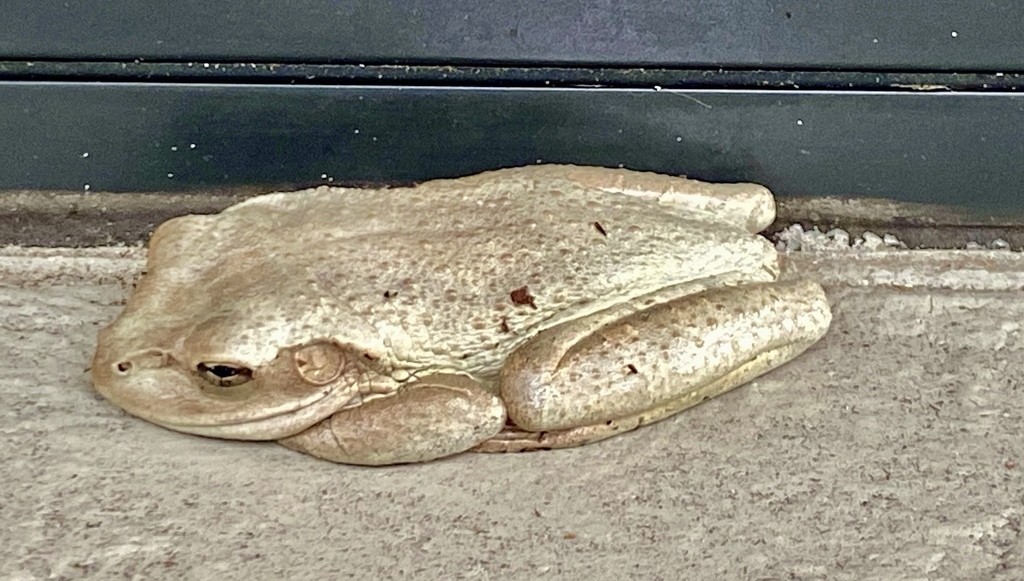Cuban tree frog
A species of Bone-cap Scientific name : Osteopilus septentrionalis Genus : Bone-cap
Cuban tree frog, A species of Bone-cap
Botanical name: Osteopilus septentrionalis
Genus: Bone-cap
Content
Description People often ask
 Photo By stormwatcher21 , used under CC-BY-NC-4.0 /Cropped and compressed from original
Photo By stormwatcher21 , used under CC-BY-NC-4.0 /Cropped and compressed from original Description
Cuban tree frogs (Osteopilus septentrionalis) are the largest tree-dwelling frogs in North America. In warm and humid enough conditions they will breed year-round, laying hundreds of eggs in each clutch. The tadpoles primarily consume algae, while adult cuban tree frogs will eat any creature small enough to fit in their mouths. They are active primarily at night. Cuban tree frogs also have the ability to change their skin color to match their surroundings.
* Disclaimer: The judgment on toxicity and danger is for reference only. We DO NOT GUARANTEE any accuracy of such judgment. Therefore, you SHALL NOT rely on such judgment. It is IMPORTANT TO SEEK PROFESSIONAL ADVICE in advance when necessary.
People often ask
Is cuban tree frog harmful to humans?
Should I kill cuban tree frog?
What eats cuban tree frog?
How far can a cuban tree frog jump?
What does a cuban tree frog sound like?
Where does the cuban tree frog live?
How big does cuban tree frog get?
Scientific Classification
Phylum
Chordates Class
Amphibians Order
Frogs and toads Family
Tree frogs and their allies Genus
Bone-cap Species
Cuban tree frog